Technique Tuesday: Rhythms From the Wild
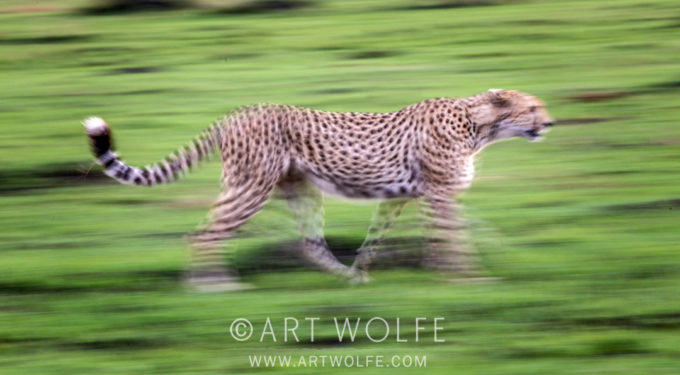
Today’s high ISO cameras are amazing at freezing motion, a technique I use and love on any wildlife shoot these days I have been capturing images that I couldn’t have imagined in the days of film – or even 8-10 years ago, for that matter. Flying bears, macaws tack sharp against a dark cave, every drop of water perfectly captured from the spray of an elephant – what’s possible now is incredible!
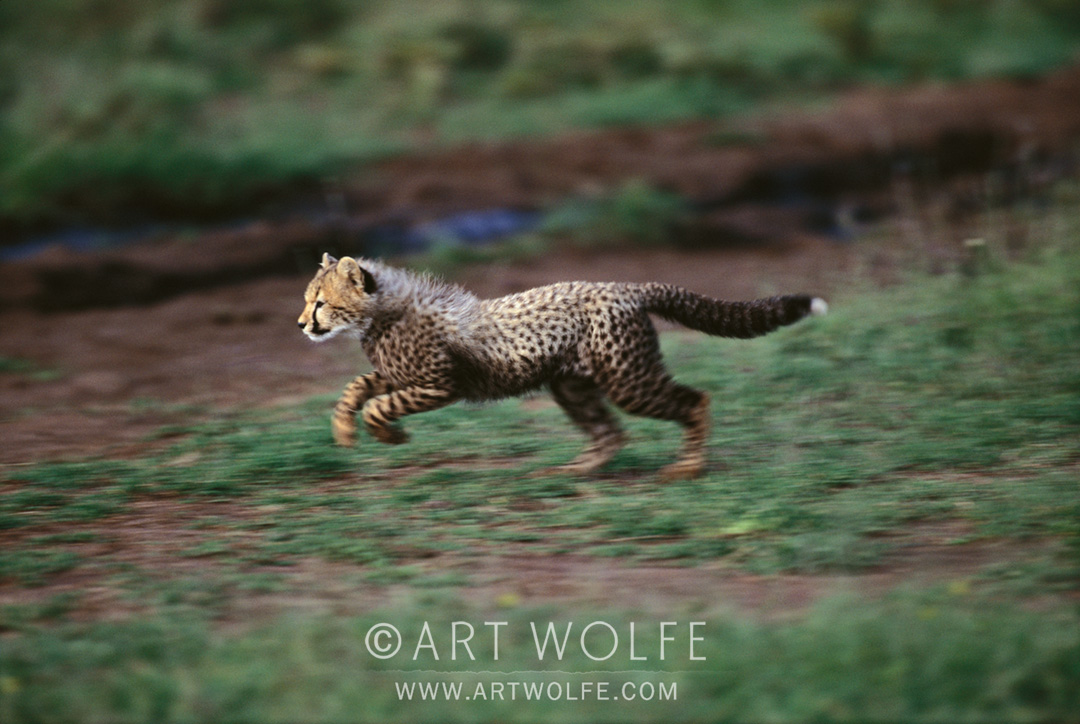
AI often try and remind myself to slow down every now and then; drop the ISO back down to 100 and stop down the aperture and let the motion move across the image. Ernst Haas was one of my early influences, a person who’s work I continue to admire. He was a pioneer of using this technique to show the motion in his subjects.
It takes some experimentation and often you won’t really know if you have any successful images until you’ve edited and evaluated them. Some may still show the eyes of the animal in reasonably sharp contrast to the blurred legs in motion – I like this look – but I also like those images that make me think of ancient drawings on a cave wall, where nothing is particularly defined and the entire animal is abstracted in it’s motion and the background a blurred canvas.
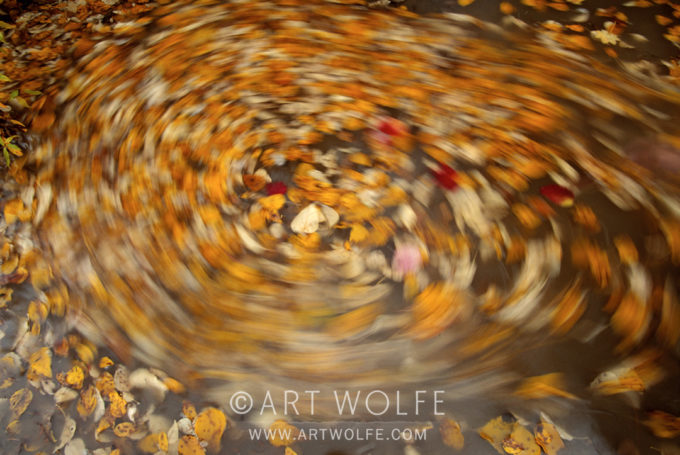
I won’t always see the potential in these images immediately. Some I shot on film many years ago I nearly tossed out but decided to file away at the last second. I pulled them out years later and found a new appreciation for their abstract qualities and I’m glad I did!
If you’re interested in more photos captured with this technique, check out Rhythms From the Wild.
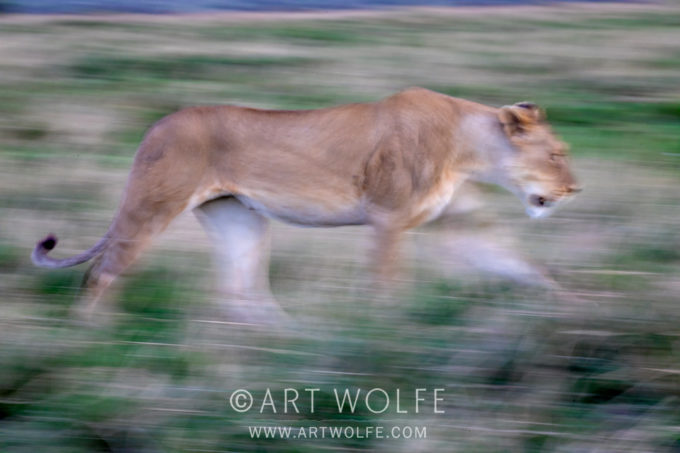
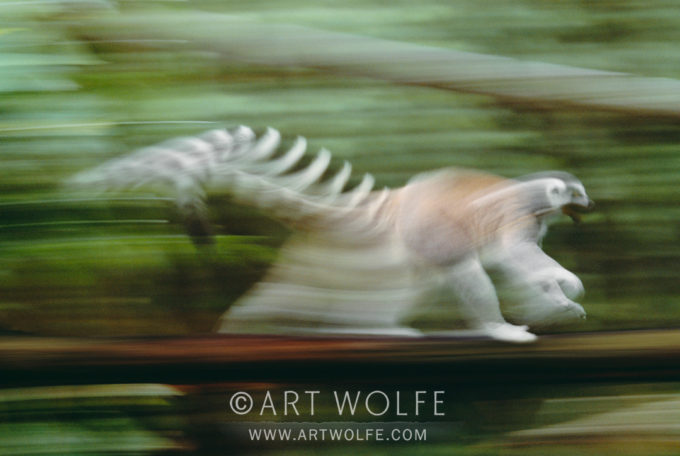


In 1977 I spent a week with Ernst Haas at the Maine Photographic Workshop. While there he was editing the photographs for his book entitled the “Himalayan Pilgrimage” which was published in 1978. Based on his two extended trips to Tibet, he became a Buddhist himself. He also shared B&W photos that he had taken with a Rollei of the German troops returning to their bombed out cities at the end of the war. These photos were not published until the late seventies and then only in Germany. He was a fascinating man and a wonderful and thoughtful teacher. Like you he began his career as an artist. He was always cognizant of the underlying design in his images. He relied on two RF Leica’s one with a 35mm lens the other with 90mm that he tucked under each arm when he was shooting in public. He always wore dark clothing so he wouldn’t be noticed. Later when the first push-pull zoom lenses came out he used them to convey action and movement in the same he panned moving subjects. He left a lasting artistic and personal impression on me.
Hello Art,
I am your fan, I admire your work, watch your videos and read your articles / tips.
My question is related to your “Technique Tuesday: Rhythms From the Wild dated 11/6/2018” section because I love slow shutter speed photography!! In this section, you have a picture of the fall leaves with the leaves in the center & edges standstill while the leaves in the most of the central part are seen moving in a circle. Is this is “photoshop” effect or slow shutter speed effect? If it is a slow shutter speed effect, how did you achieve this result? Which technique did you use to show the blur only in the central part?
I would appreciate you for your response.
Regards,
Umesh